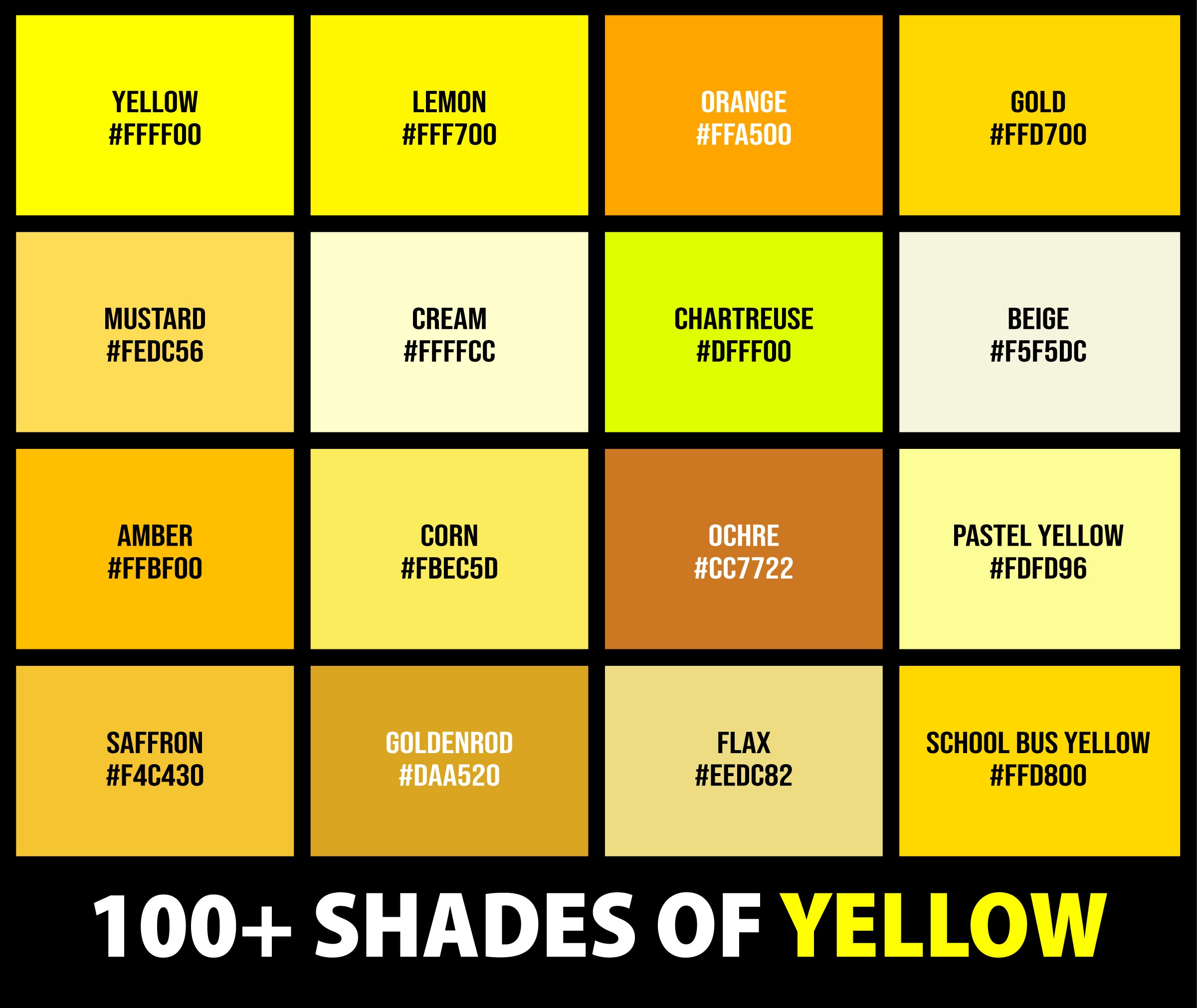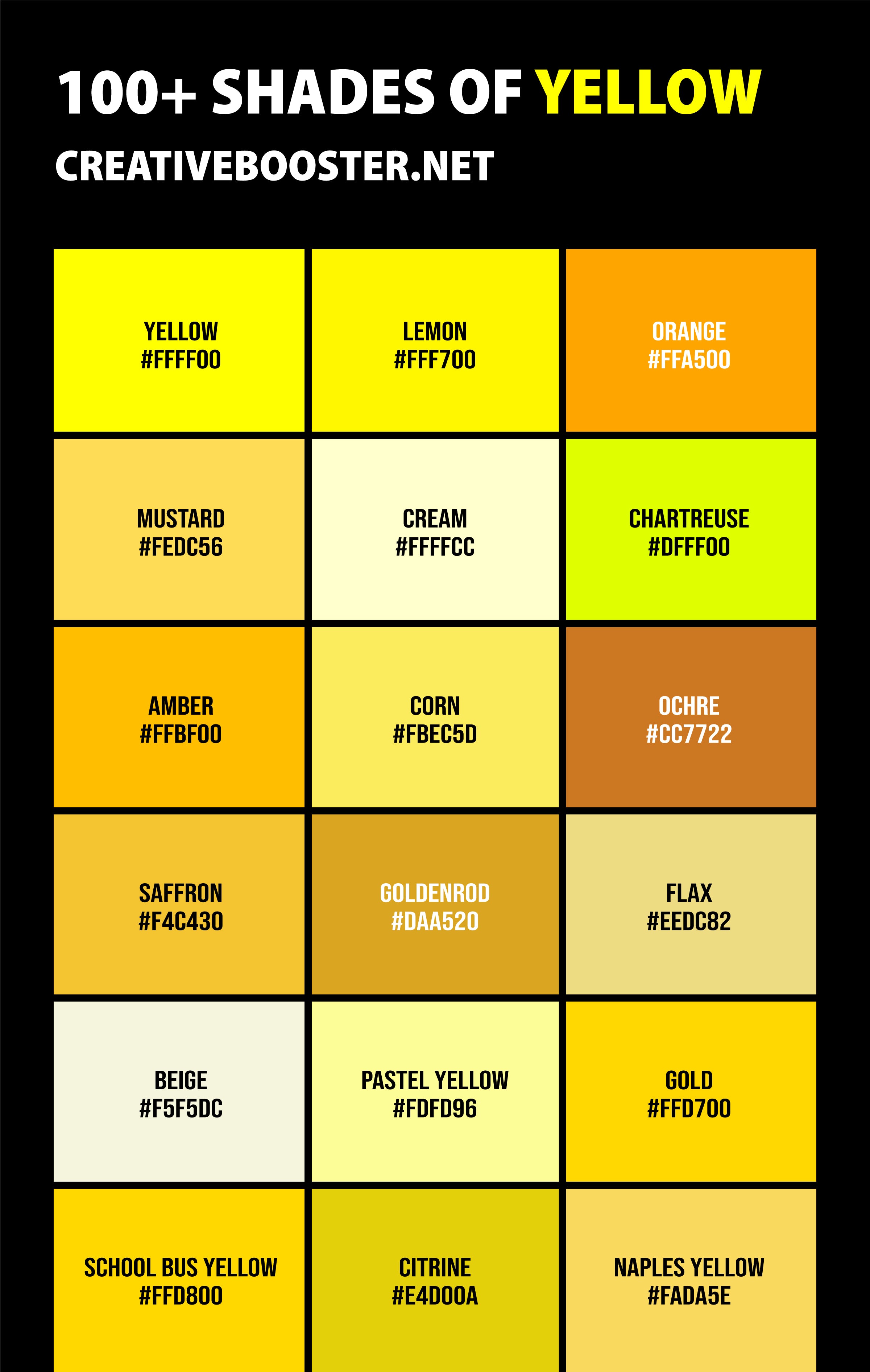For many who have served our country, the dream of going to college or getting a new degree can feel a bit out of reach because of how much it costs. School bills, especially at private places or for special programs, can add up very quickly. This can make a person wonder if their education goals are truly possible, and that, is a very real concern for lots of folks.
The Post-9/11 GI Bill helps a great deal with these expenses, providing a solid foundation for many veterans and their family members looking to get an education. However, sometimes, even with that generous help, there can still be a gap between what the GI Bill covers and the full cost of tuition and fees at some schools. This is particularly true for those looking at private schools or programs that charge more than the maximum allowed amounts, you know?
That's where a special program steps in, offering a way to bridge that financial gap and help make those higher education dreams a little more attainable. It's a helping hand for those who have given so much, making sure that their service opens doors to learning, rather than closing them because of price tags. This particular program, the Yellow Ribbon Program, could be just what someone needs to make their school plans a reality, really.
- Los Angeles Coroners Department
- The Bostonian Hotel Boston
- Fort Belvoir Community Hospital
- Montebello High School
- Olan Mills
Table of Contents
- What's the Yellow Ribbon Program All About?
- Who Can Get Help from the Yellow Ribbon Program?
- How Do Schools Join the Yellow Ribbon Program?
- How Do You Apply for the Yellow Ribbon Program?
- Finding a School for the Yellow Ribbon Program
- What Kind of Costs Does the Yellow Ribbon Program Cover?
- Comparing Education Benefits - Beyond the Yellow Ribbon Program
- Important Things to Remember About the Yellow Ribbon Program
What's the Yellow Ribbon Program All About?
The Yellow Ribbon Program is, in a way, a special agreement between the Department of Veterans Affairs, which we often call the VA, and schools that offer higher education. These schools can be universities, colleges, or other places where people go to learn after high school. It's a way for them to team up and help service members and veterans pay for their schooling, particularly when the regular Post-9/11 GI Bill doesn't quite cover everything, you know?
This program is completely voluntary for schools, meaning they choose if they want to be a part of it. When a school decides to join, they agree to waive a portion of the tuition and fees that go beyond what the Post-9/11 GI Bill pays. Then, the VA steps in and matches that amount the school waived. So, it's like a two-part gift, really, making higher education much more affordable for those who have served. It's a pretty neat setup, basically.
How the Yellow Ribbon Program Helps with Costs
The main idea behind the Yellow Ribbon Program is to help cover those extra school costs that the Post-9/11 GI Bill might not reach. This is especially helpful for people attending private schools, graduate programs, or even foreign institutions, where the tuition can be quite a bit higher than the maximum amount the GI Bill usually covers. It helps to ensure that choosing a particular school doesn't become impossible just because of the price tag, which is very important for many students, actually.
Think of it this way: the GI Bill pays up to a certain amount each year. If your chosen school charges more than that, the Yellow Ribbon Program can step in. The school agrees to cover some of that extra cost, and the VA then matches what the school covers. This partnership significantly reduces or even completely wipes out the remaining tuition and fees, making a big difference for your pocketbook. It's a way to make sure that the cost of school doesn't hold you back, you know, from getting the education you want.
Who Can Get Help from the Yellow Ribbon Program?
So, you might be wondering if this program is something that could help you. The Yellow Ribbon Program is specifically for those who qualify for the Post-9/11 GI Bill at the 100% benefit level. This means you generally need to have served a certain amount of time on active duty after September 10, 2001. It's not for everyone with military service, but it is for a good number of veterans and their family members, too.
This also includes service members who are still on active duty, and sometimes even spouses and children who receive transferred Post-9/11 GI Bill benefits. There are particular rules about who can get these benefits, and it's worth checking to see if your own service or family connection fits the bill. Knowing if you are eligible is, you know, the first step to seeing if this program is for you.
Eligibility for the Yellow Ribbon Program
To be able to use the Yellow Ribbon Program, you generally need to meet some specific requirements related to your military service. For instance, you need to be eligible for the maximum Post-9/11 GI Bill benefits, which often means you've served at least 36 months on active duty since September 10, 2001, or were honorably discharged for a service-connected disability after 30 days of continuous service. This is pretty much the core requirement, in a way.
It's also important to remember that if you're an active-duty service member, or a spouse using transferred benefits, you might have some different considerations. The rules can be a bit detailed, so it's always a good idea to check the most current guidelines from the VA to confirm your personal situation. Basically, if you are unsure, it is best to look up the precise requirements, or, you know, talk to someone who can help you figure it out.
How Do Schools Join the Yellow Ribbon Program?
Schools that want to be a part of the Yellow Ribbon Program make a choice to do so. They enter into an agreement with the Department of Veterans Affairs. This agreement lays out how much they are willing to contribute to a student's tuition costs that go beyond the Post-9/11 GI Bill's limits. It's a voluntary partnership, so not every school will participate, which is something to keep in mind, really.
When a school decides to join, they typically set a certain amount they will contribute, and sometimes they also put a cap on the number of students they will accept into the program each year. However, some schools, like Georgetown University, might not have a limit on the number of students they can help through the program, which is pretty generous, actually. These agreements stay in place until the school changes them or decides to stop participating.
The School's Role in the Yellow Ribbon Program
The school's part in the Yellow Ribbon Program is quite important. They are the ones who agree to waive a portion of the tuition and fees that go above the Post-9/11 GI Bill's maximum payment. This shows their commitment to supporting veterans and service members in their educational pursuits. It's a way for institutions to show their appreciation and help make education more accessible, you know?
Each school that participates gets to decide how much they will contribute and if they will set a limit on how many students can benefit from the Yellow Ribbon Program each year. Because of this, what one school offers might be different from another. So, it's a good idea to look into the specific terms that each school has for their Yellow Ribbon Program contributions. This way, you can get a good idea of what kind of support you might receive, basically.
How Do You Apply for the Yellow Ribbon Program?
Getting your Yellow Ribbon Program benefits usually starts with making sure you're eligible for the Post-9/11 GI Bill. Once you have that sorted out and you know you qualify for the full benefits, the next step involves the school you want to attend. You generally don't apply directly to the VA for the Yellow Ribbon portion; it's handled through the school itself, which is a bit different from some other programs, you know.
After you've been accepted to a school that participates in the Yellow Ribbon Program, you'll typically need to let their veterans' office or financial aid office know that you plan to use your Post-9/11 GI Bill benefits and that you're interested in the Yellow Ribbon Program. They will then help you with the specific steps needed to get those additional funds applied to your account. It's usually a pretty straightforward process once you're in touch with the right people at the school, really.
Steps to Access Your Yellow Ribbon Program Benefits
First off, you'll want to apply for your Post-9/11 GI Bill benefits through the VA. Once that's approved and you have your Certificate of Eligibility, you're on your way. Then, you pick a school that you want to go to, and it needs to be one that participates in the Yellow Ribbon Program. This is a very important step, as not all schools offer it, you know.
After you've been accepted to your chosen school, you should reach out to their veterans' services office or financial aid department. Tell them you're eligible for the Post-9/11 GI Bill at the 100% rate and that you'd like to use the Yellow Ribbon Program. They will then help you with the paperwork and make sure the benefits are applied to your tuition and fees. It's usually a pretty smooth process, especially if the school has a dedicated team for veterans, basically.
Finding a School for the Yellow Ribbon Program
One of the first things you'll want to figure out is whether the school you're interested in actually participates in the Yellow Ribbon Program. Not all schools do, and even among those that do, the amount of aid they offer can be different. It's a bit like shopping around, in a way, to find the best fit for your education and your wallet, too.
The good news is that the VA provides a handy tool to help you with this search. You can use their "Find a Yellow Ribbon School" tool on their website. This tool lets you look up schools by name, state, or even by the type of degree you're hoping to get. It's a really useful resource for seeing which schools are part of the program and what their specific agreements are, which is pretty helpful, actually.
Tools to Locate Yellow Ribbon Program Schools
To find out if your school participates in the Yellow Ribbon Program, or to check the details of an existing agreement, you can use the VA's online tool called "Find a Yellow Ribbon School." This tool is located on the Yellow Ribbon Program section of the VA's website. It makes it quite simple to search for institutions that are involved, you know.
When you use the tool, you can see if a school is participating, and often, it will show you the terms of their agreement. This includes how much they contribute and if there's a limit on the number of students they accept. This kind of information is really helpful for planning your education and understanding what kind of financial support you can expect. It's a pretty straightforward way to get the facts, basically.
What Kind of Costs Does the Yellow Ribbon Program Cover?
The Yellow Ribbon Program is specifically designed to help with tuition and fees that go beyond what the Post-9/11 GI Bill normally covers. This is particularly useful for private schools, out-of-state tuition at public schools, or certain graduate programs where the costs can be quite high. It's about making those more expensive educational paths more accessible, you know.
It's important to remember that while it helps with tuition and fees, it doesn't typically cover things like housing allowances or book stipends; those are usually handled by the Post-9/11 GI Bill itself. The Yellow Ribbon Program steps in precisely for those tuition and fee amounts that exceed the GI Bill's annual cap. So, it really focuses on the direct cost of learning, which is pretty important, actually.
Understanding Yellow Ribbon Program Tuition and Fees
When you look at the Yellow Ribbon Program, it's all about making sure that the actual cost of your classes and school fees doesn't become a barrier. For instance, if a private university charges a lot more than the yearly maximum that the Post-9/11 GI Bill will pay, the Yellow Ribbon Program can help bridge that gap. The school contributes a portion, and the VA matches it, essentially reducing or eliminating that extra cost for you, which is very helpful, you know.
Each school's agreement for the Yellow Ribbon Program will specify how much they are willing to contribute and if there are any limits on that contribution. Some might cover a certain dollar amount, while others might cover a percentage of the remaining cost. It's a good idea to look into these specific details for any school you're thinking about attending, as they can really affect your overall out-of-pocket expenses, basically.
Comparing Education Benefits - Beyond the Yellow Ribbon Program
While the Yellow Ribbon Program is a fantastic resource, it's also just one piece of the bigger picture when it comes to education support for service members, veterans, and their families. The nation has shown a real commitment to helping those who served get higher education through several different programs. These include the Post-9/11 GI Bill, of course, but also things like the Fry Scholarship and the Dependents' Educational Assistance (DEA) program, too.
Each of these programs has its own set of rules, including who can get help, what paperwork you need to fill out, and when you need to turn things in. To get the most out of all the possible benefits, it's a good idea to understand how each one works and which ones might be the best fit for your situation. Comparing these options can really help you make smart choices about your educational path, you know, and make sure you get all the help you're due.
Important Things to Remember About the Yellow Ribbon Program
The Yellow Ribbon Program is a powerful tool for veterans and their family members looking to pursue higher education, especially at institutions that might otherwise be too expensive. It truly is a key resource for achieving those educational aspirations. Remember that it works in partnership with the Post-9/11 GI Bill, specifically for those who qualify for the full benefit amount, which is pretty important, actually.
Always check if your chosen school participates in the program and what their specific terms are, as these can vary quite a bit from one place to another. You can use the VA's online tool to find this information easily. If you ever have questions or feel overwhelmed, remember there are resources like the Veterans Crisis Line available to talk to someone right now, which is a very helpful thing to keep in mind, you know.
Related Resources:



Detail Author:
- Name : Prof. Ariel Murphy DVM
- Username : huel.alba
- Email : bashirian.molly@moen.com
- Birthdate : 1985-05-07
- Address : 5706 Ethan Trafficway Suite 227 Collierfort, OR 38629
- Phone : +1.830.259.9511
- Company : Romaguera and Sons
- Job : Market Research Analyst
- Bio : Dolorum dolorum tenetur dolorem alias odio. Illum fugiat similique delectus quisquam consequatur corrupti. Nihil et modi doloribus explicabo natus.
Socials
tiktok:
- url : https://tiktok.com/@camron_pfeffer
- username : camron_pfeffer
- bio : Exercitationem deserunt officia non qui laudantium iste.
- followers : 1149
- following : 917
instagram:
- url : https://instagram.com/camron848
- username : camron848
- bio : Dolores nulla dolore velit dolor quo et dolore voluptates. Quasi et quod praesentium.
- followers : 996
- following : 2242